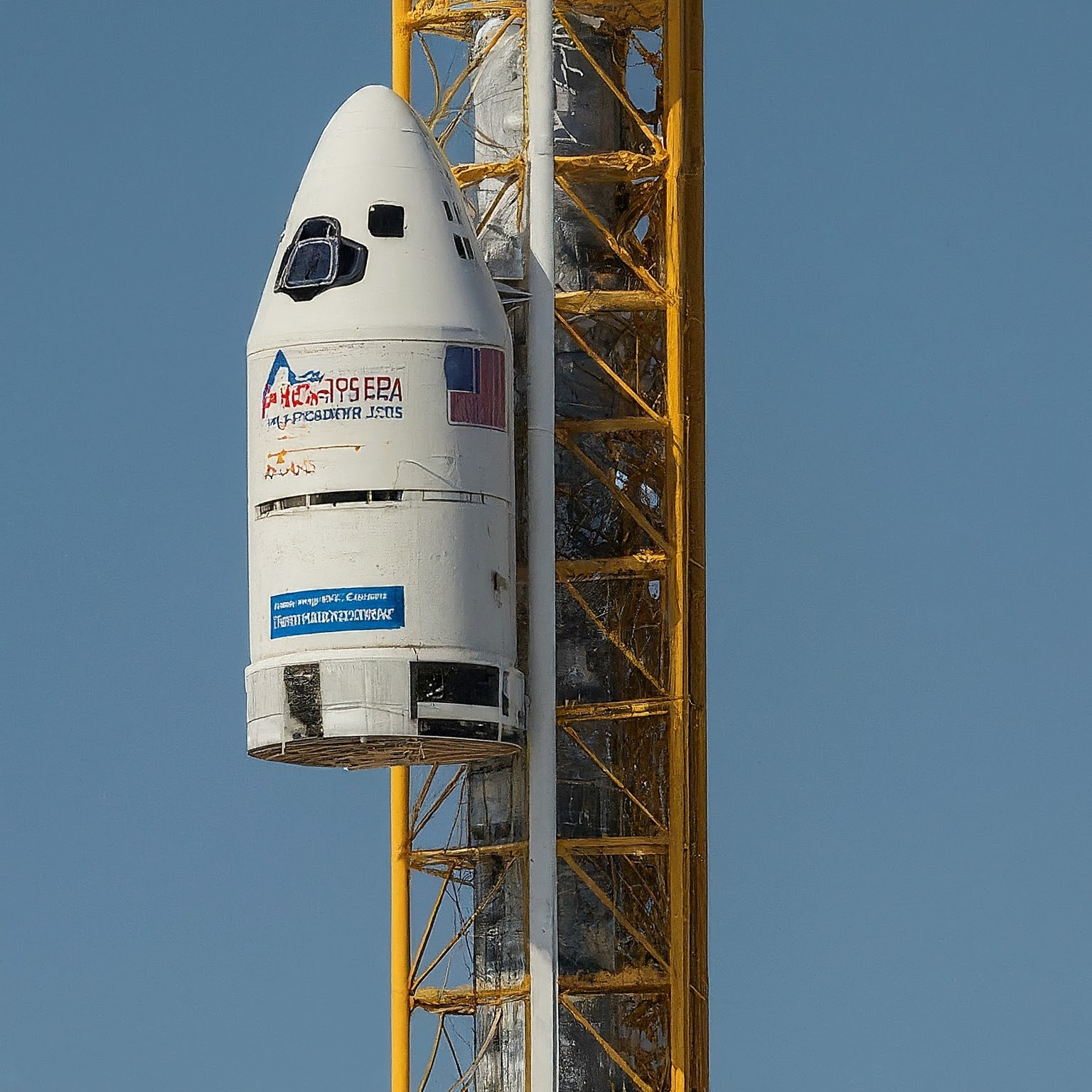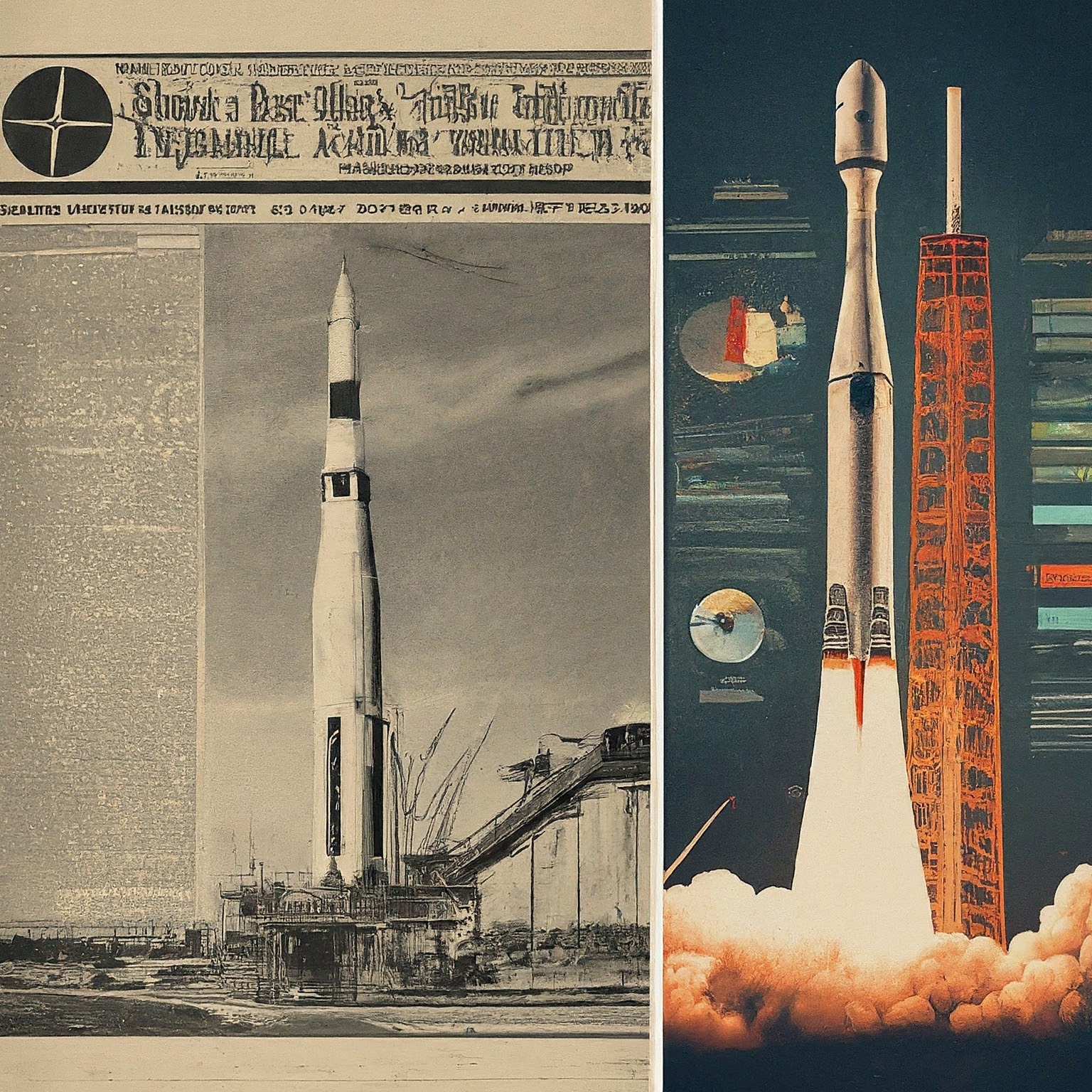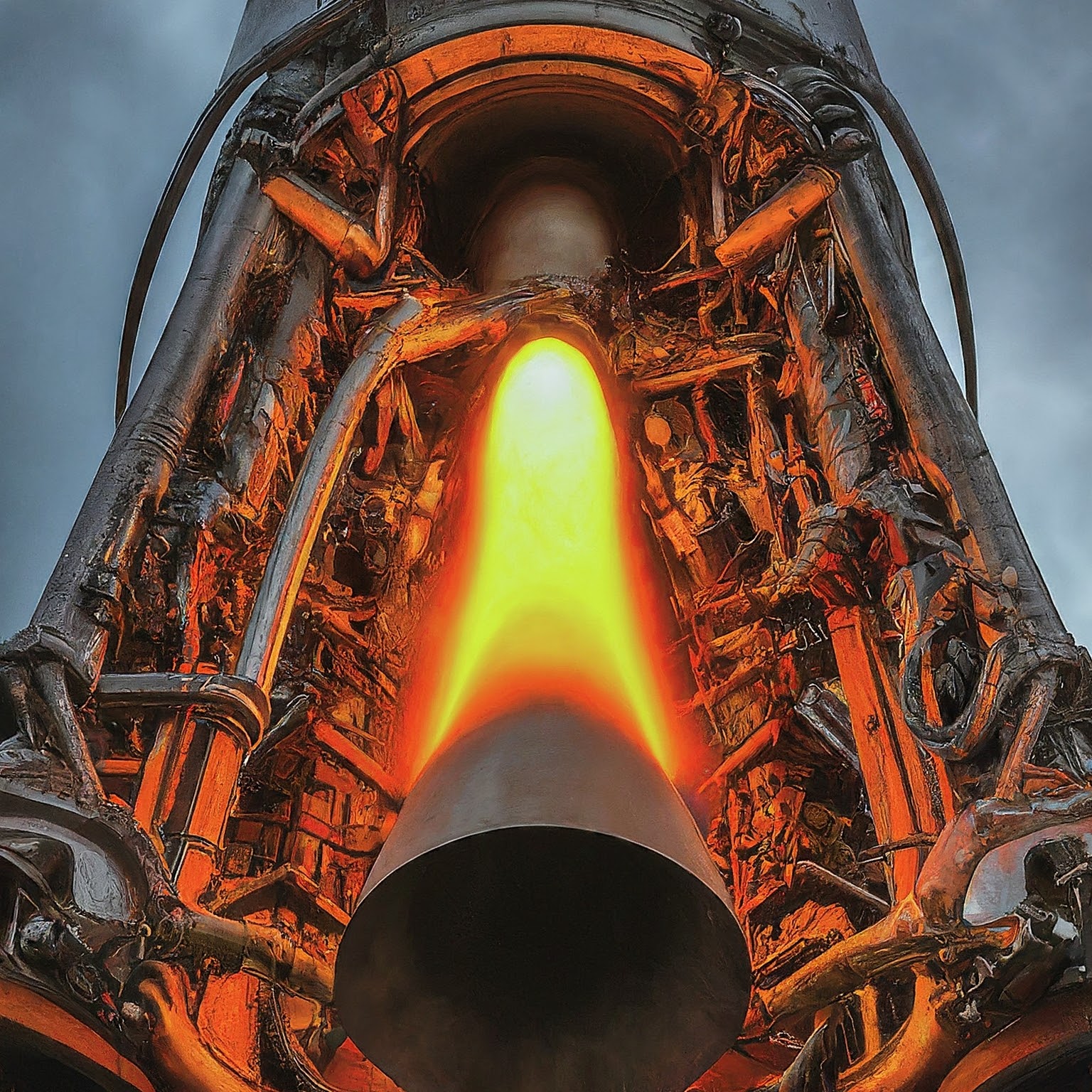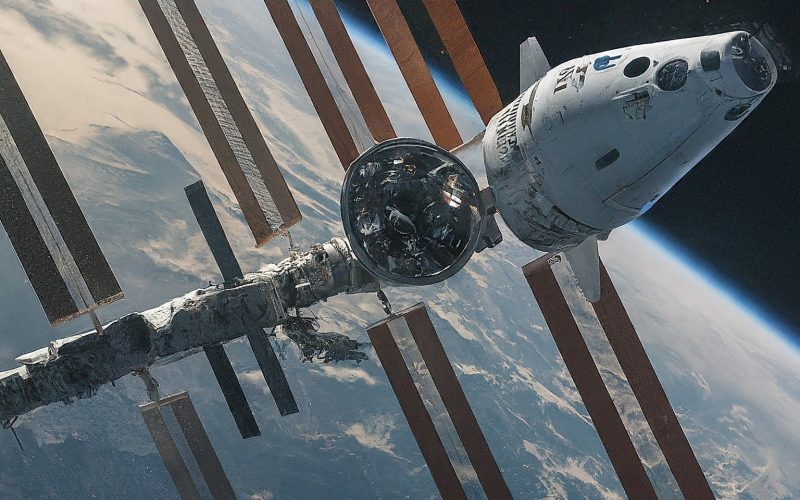Introducing the Author:
Hey space fans! Dr. Amelia Rodriguez here, your resident astrophysicist with a mission to break down the wonders of the cosmos. Today, we’re diving into the recent setback for Boeing’s Starliner spacecraft and what it means for future space travel.
A Near Miss: Starliner Launch Postponed
The space launch calendar buzzed with anticipation for the Starliner’s liftoff, a pivotal moment for American spaceflight. As the countdown neared its dramatic conclusion, a technical hurdle emerged – a glitch in a critical rocket valve forced mission controllers to postpone the launch. While this delay undoubtedly caused frustration, it prioritized the safety of the veteran astronauts onboard, Butch Wilmore and Sunita Williams.

Understanding the Rocket’s Plumbing: The Role of Valves
Imagine a complex network of pipes carrying water throughout a building. Each pipe has valves that control the flow and pressure of the water. In a similar vein, rockets rely on valves to manage the flow of propellants and gases. These valves play a vital role: they ensure the precise amount of fuel and oxidizer reach the engine, allowing for controlled thrust and a smooth journey into space.
One crucial type of valve is the pressure relief valve. Just like a safety valve on a pressure cooker prevents dangerous buildup, this valve ensures the rocket’s internal pressure doesn’t exceed safe limits. A malfunctioning pressure relief valve could lead to a catastrophic explosion, highlighting the importance of this seemingly simple component.
Starliner’s Rocky Road to Launch
The Starliner program hasn’t been without its challenges. Previous missions encountered software glitches and engine issues, delaying its path to carrying astronauts. However, these setbacks are a crucial part of the testing and refinement process. Every hurdle overcome paves the way for a safer and more reliable spacecraft.

Charting a New Course: What’s Next for Starliner?
With the launch scrubbed, engineers are diligently investigating the faulty valve. A new launch date is targeted for May 10th, 2024, but this depends on successfully resolving the issue. This delay offers valuable time for additional checks and ensures a smoother flight for the astronauts.
A Bump in the Road, Not a Dead End: Space Exploration Marches On
This temporary delay shouldn’t overshadow the remarkable progress made with Starliner. It’s an opportunity to learn from the issue and refine the spacecraft for future success. The potential impact on the overall timeline for crewed spaceflight is yet to be determined. However, it’s important to remember that space exploration is a marathon, not a sprint. Each mission, like Starliner, builds upon the knowledge and experience of the one before it.

Soaring Towards the Future: A Brighter Horizon for Starliner?
The bigger picture of space exploration involves not just reaching the International Space Station, but venturing further into the cosmos. Missions like Starliner are stepping stones to establishing a permanent human presence on the Moon and eventually, journeying to Mars and beyond. Every successful launch, every technological leap, brings us closer to these ambitious goals.
Conclusion: A Temporary Setback, Not a Lost Mission
While the Starliner launch may be delayed, our collective spirit of exploration remains undimmed. This temporary setback paves the way for a more robust and dependable future in spacefaring. Stay tuned, space enthusiasts, because when Starliner finally takes flight, it’ll be a testament to human ingenuity and a giant leap forward in our quest to reach for the stars.












